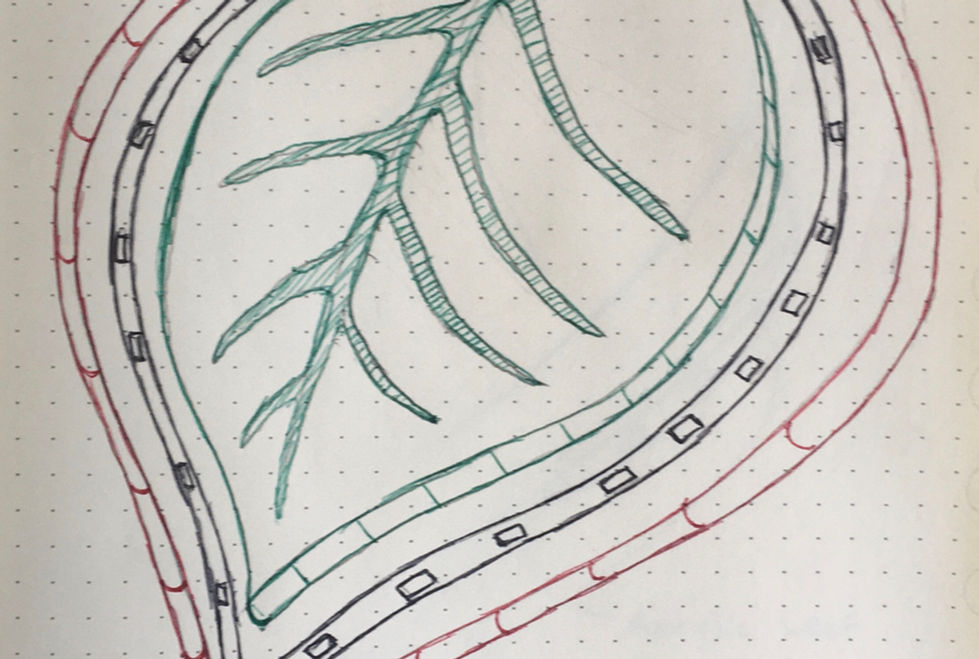
ODDWOOD TREE
At Symmetry Labs
Symmetry Labs
Mechanical Design Engineer
At Symmetry Labs I designed two large scale permanent L.E.D. trees for both Area 15 in Las Vegas, NV and Oslo, Norway. The tree at Area 15 was inspired by a Japanese Maple tree and the tree in Norway was inspired by a mature Oak tree.
These were both incredible projects to be apart of and I feel honored to have the opportunity to design them.
Some of the challenges were figuring out how to manufacture the limbs while keeping cost low and not causing interferences in the branches. Although it may look like a complex systems of limbs, branches and twigs, many of the component shapes were reused and simply oriented in different directions.
Organic Tree Modeling
During the conceptual phase of these designs, I spent a lot of time outside looking at trees. It was great! I tried to capture the general feel of the tree type while doing my best to make it look organic and natural. This was a challenge because I was only limited to three types of limbs, one type of branch and one twig shape. The key was to use these simple shapes and orient them in creative ways to give the appearance of organic patterns. It was an amazing experience to travel to Oslo, Norway meet the locals and oversee the trees permanent installation.
Designing the Twig
The twig is a critical components as it is reused in all tree designs and reused everywhere through the tree. This design had to organic in look and easy to manufacture. The first design was a clamshell style die-cast design where the electronics were sandwich in-between the twig halves. This allowed for easy electronic diagnosis and assembly. Eventually, we pivoted towards a steel wire twig design for its robustness, slim aesthetic, and cost.
Solving Onsite Problems
With any project, problems will arise. The first challenge was how to orient the large limbs prior to flying them 60 feet through the sky. I came up with a method to use two goniometer at the base of the limb to establish its pitch and roll angles. We used ratchet straps to adjust both angles to make installation possible. The other problem was the die-cast twigs were breaking during installation. There was a sharp corner in the geometry which weakened the part. I calculated the amount of snow fall required to break on the twigs by testing the twigs in the hotel gym and determining the worst case snow conditions. It turned out 32 inches of snow would need to accumulate on the twig to break it so we determined this was unlikely and continued with the build.
Improving Light Diffusion
The way the light moves through the leaf plays a huge role in the grand scheme of the visual appeal. The original designs had a single L.E.D. strip down the center of the leaf. This caused a bright stem with clear hot spots where the L.E.D's were located. I sought to improve this by shifting the light source from the center to the perimeter. This greatly improved the aesthetic of the leaf but also increased the price of leaf. We had to determine if the increase in aesthetics was worth the cost and in the end decided not to move forward with this design change.





























